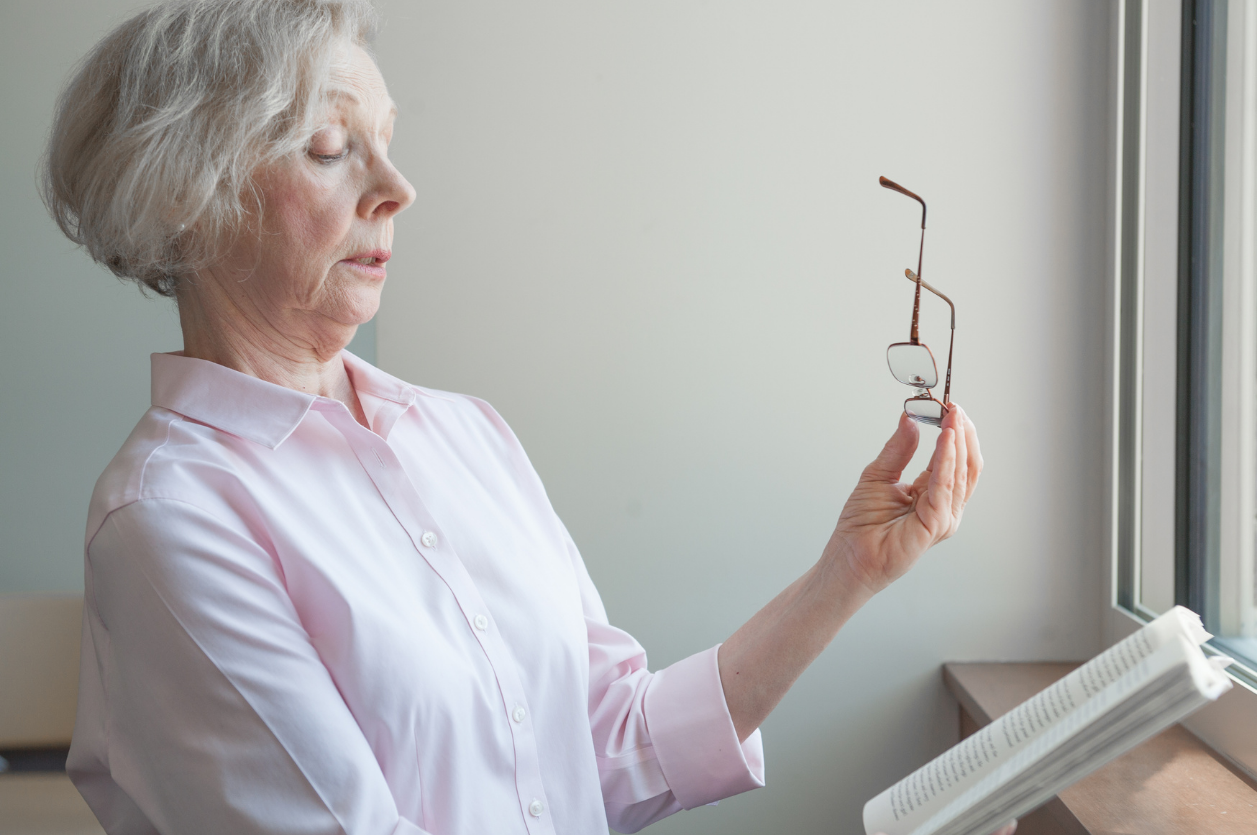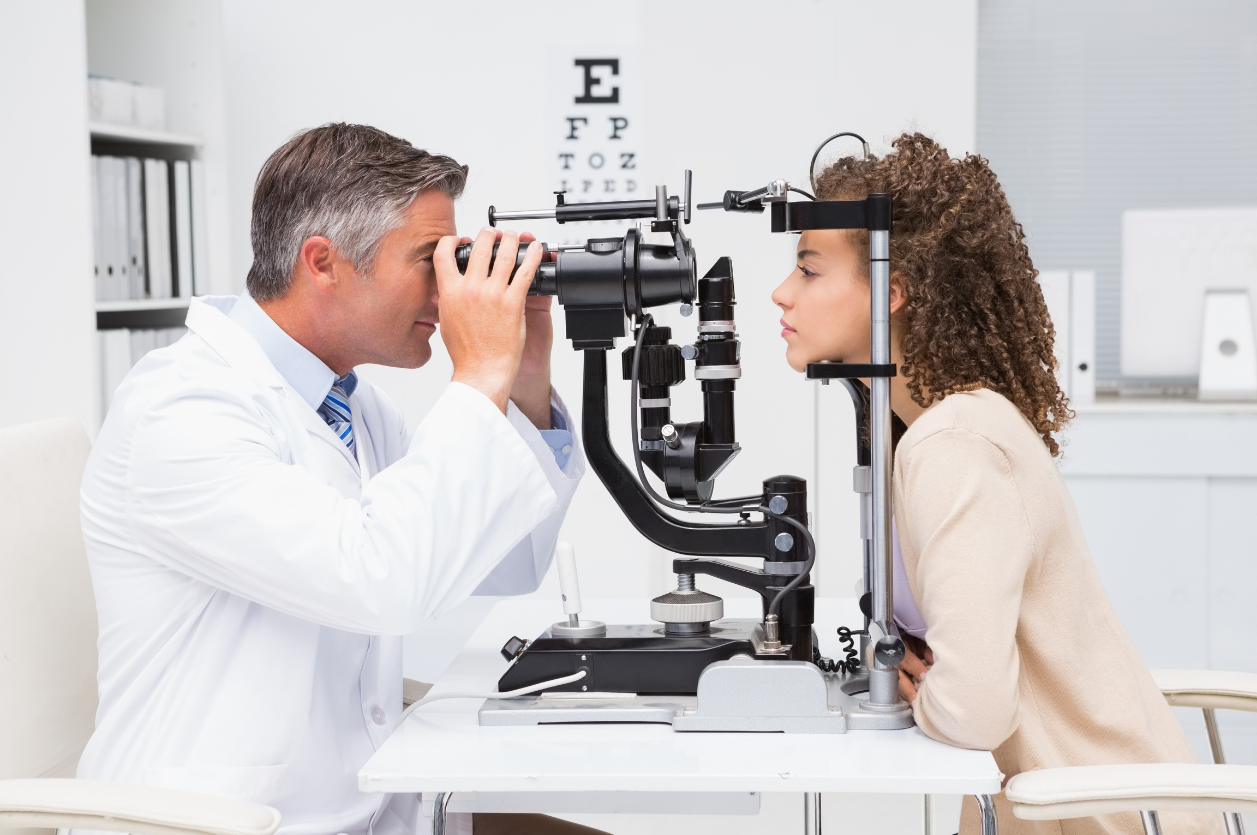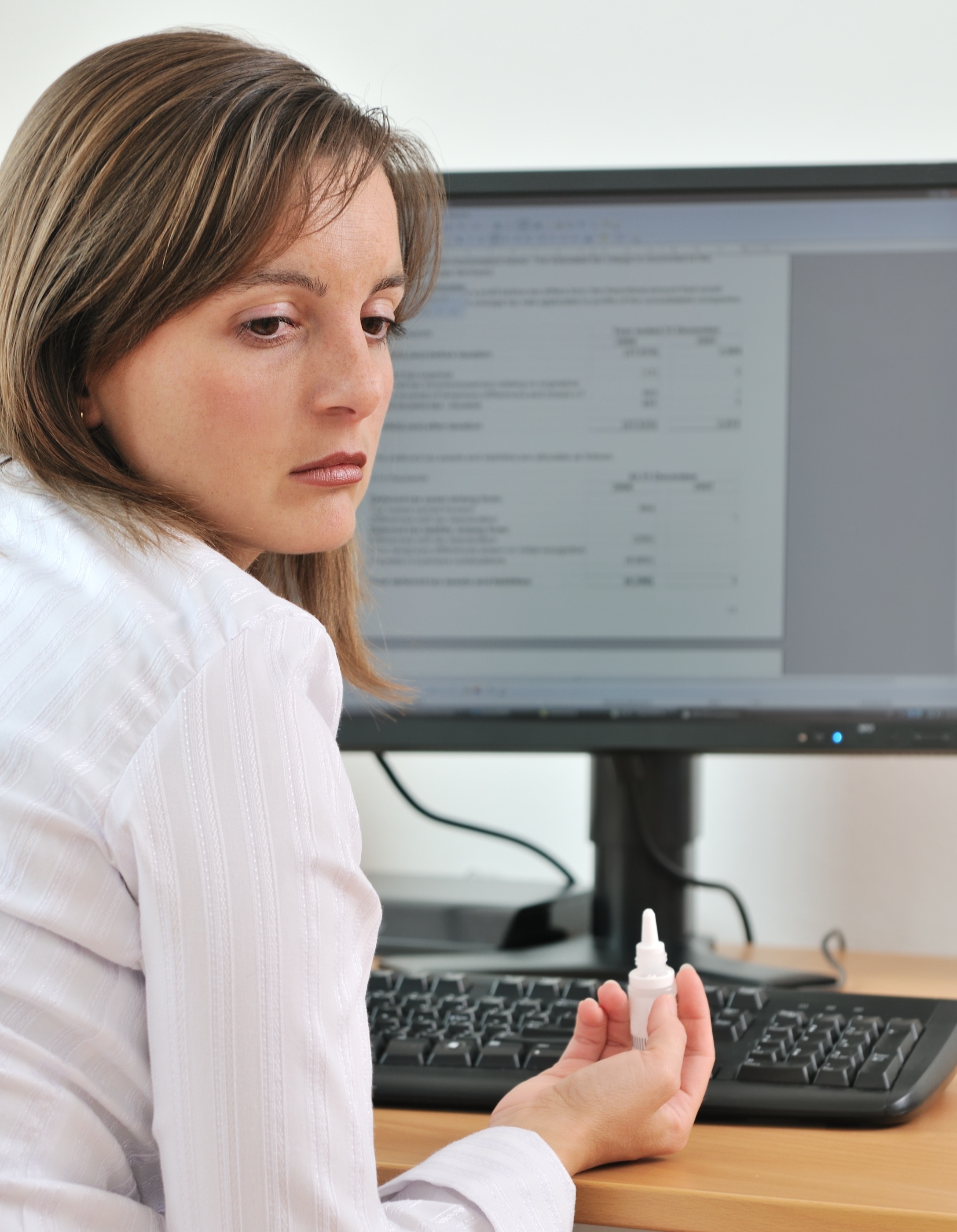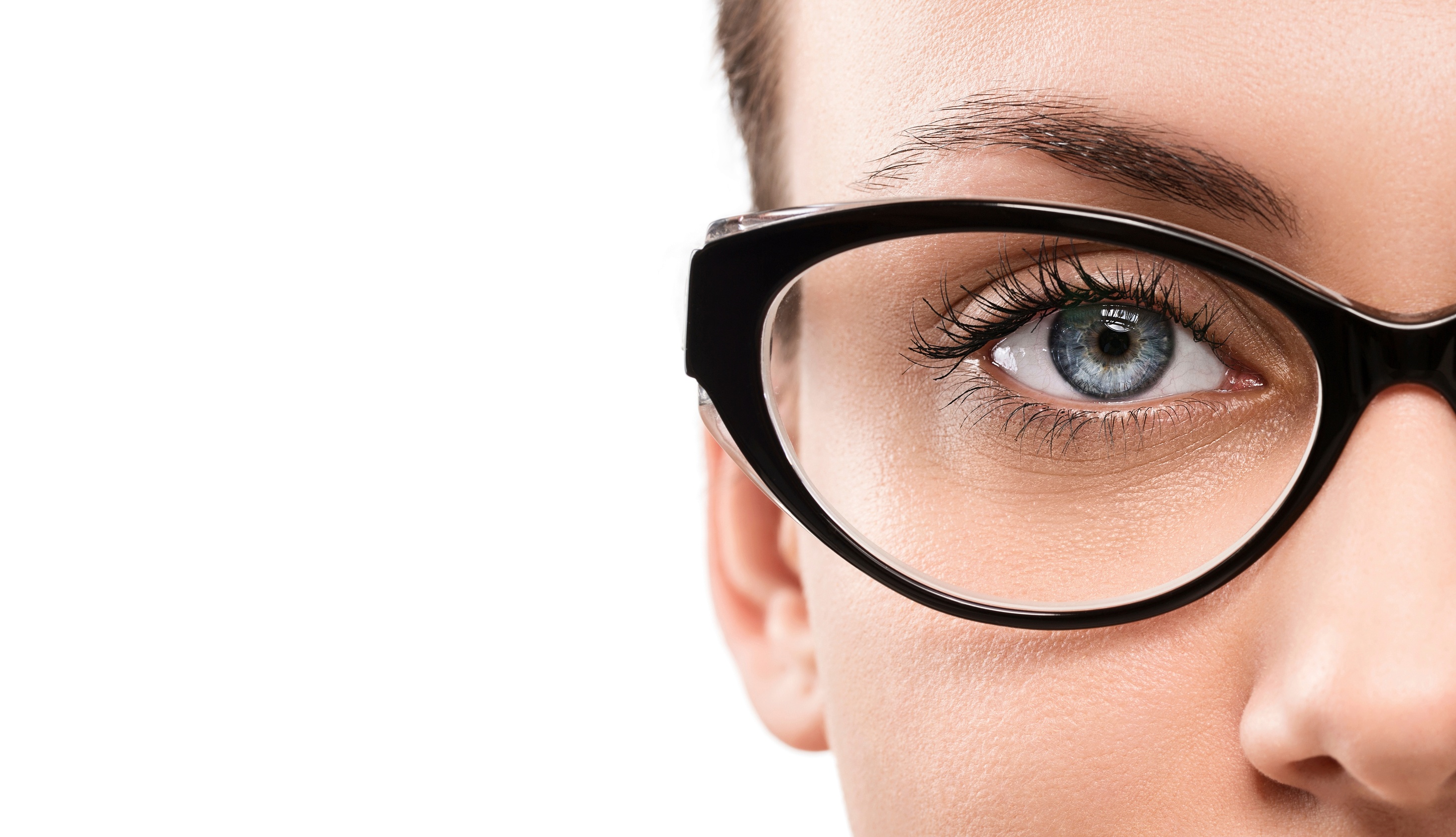How Often Should You Get Your Eyes Checked?
Regular eye exams are key to keeping good vision and healthy eyes. Many eye diseases, disorders and vision problems have no symptoms, so you might not even realize you have a problem until you start losing sight.
So, how often should you have an eye exam? It depends.
When Should You Have an Eye Exam?
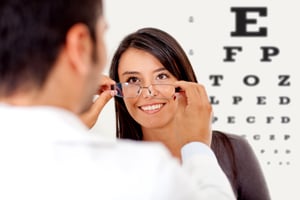 Like many other medical exams, how often you have an eye exam depends on your age and overall health, in addition to other factors, such as whether you have eye disease or wear glasses or contact lenses.
Like many other medical exams, how often you have an eye exam depends on your age and overall health, in addition to other factors, such as whether you have eye disease or wear glasses or contact lenses.
The American Academy of Ophthalmology (AAO) offers the following general guidelines for eye-exam frequency for those in good health.
Children
Many parents don’t get their children’s eyes examined until they go to school, but it’s important that your children be screened for possible eye problems even before they are school-aged. A comprehensive exam, including dilation, could be required if you’ve noticed a problem or your doctor finds something that requires closer examination.
Newborns
Your doctor should examine a newborn’s eyes to check for basic eye health. This may include testing for:
- a red reflex (like seeing red eyes in a flash photograph). If the bright light shone in each eye does not return a red reflex, more testing may be needed.
- blink and pupil response.
Ages 6 to 12 Months
Your child’s pediatrician or eye doctor will:
- perform the same screening as a newborn.
- visually inspect the eyes.
- check your baby for healthy eye alignment and movement.
Ages 12 to 36 months
At this time, your child will be checked for healthy eye development. There may be a photoscreening test in which a special camera takes pictures of your child’s eyes. These pictures help find problems that can lead to amblyopia (lazy eye).
Ages 3 to 5 Years
Your child’s vision and eye alignment should be checked between 3 and 5 years by an eye doctor.
Sharpness of vision should be tested as soon as your child can read an eye chart, though eye charts that include images rather than letters may also be used. If your child struggles with the eye chart, photoscreening may be used to test vision instead.
Further examination is required if your eye doctor finds that your child has:
- misaligned eyes.
- "lazy eye” (amblyopia).
- refractive errors like nearsightedness, farsightedness or astigmatism.
- any other problem focusing.
Catching these problems in their early stages and getting treatment for your child is the best thing you can do to protect their vision.
Ages 5 Years and Older
By age 5, children should be screened annually for visual acuity and alignment. If your child shows symptoms of eye issues such as squinting or complaining of headaches, an exam should be scheduled immediately. Nearsightedness is the most common problem at this age and is easily corrected with eyeglasses.
Adults
Just as with children, adult eye exam recommendations are different at different ages. And, while there are general guidelines, there are also exceptions, per the AAO:
- 20s and 30s: every five to ten years
- 40 to 54: every two to four years
- 55 to 64: every one to three years
- 65 plus: every one to two years
The exceptions to these guidelines occur if you:
- have serious vision trouble or eye discomfort.
- wear corrective lenses such as glasses or contact lenses.
- have a family history of eye disease.
- have a chronic disease that increases your risk of developing an eye disease.
If you have any of these conditions, your eye doctor will develop a custom examination schedule appropriate for you.
What Happens During an Eye Exam
An eye exam is a series of tests to evaluate your vision and check for eye diseases. Your eye doctor may use a number of instruments, shine bright lights in your eyes and ask you to look through an array of lenses. Every test during an eye exam evaluates a different aspect of your vision or eye health.
It’s important that you bring all sight-assistance devices you use with you to your eye exam. This includes any prescription eyeglasses, “readers” or contact lenses.
Before the Exam
If you’re seeing a new eye doctor for the first time or it’s your first eye exam, you’ll be asked about your vision history and your overall medical history. Be prepared to give specific information; your answers help your eye doctor understand your risk of eye disease and vision problems. Be sure to note any medications and supplements you take as these can also affect eye health.
During the Exam
The first step in a thorough eye exam is measuring eye pressure. For that, you’ll be given eye-numbing drops. Then you’ll get drops to dilate your eyes. This allows your doctor to examine the inside of your eye.
After the dilating drops take effect, your eye doctor will check the health of your eyes, possibly using several lights to evaluate the front of the eye and the inside of each eye.
A number of different tests may be performed during your exam. They’re designed to check your vision and to examine the appearance and function of all the parts of your eyes.
Don’t worry about fancy terms—your eye doctor will explain every step of the exam before it happens.
Typical tests conducted during an eye exam may include:
- an eye muscle test.
- a visual acuity test.
- a refraction assessment.
- a confrontation exam.
- manual testing.
- automated perimetry.
- color vision.
- a slit-lamp examination.
- a retinal examination.
- a direct exam.
- an indirect exam.
- a glaucoma screening.
If any problems are found, additional testing may be required.
For a Thorough Eye Exam, Visit Vision Source Plano
At Vision Source Plano, our individualized approach to optometry makes Dr. Malone and staff the eye and vision care providers of choice in the Plano area. We offer the following services:
- Complete eye exams
- Contact lenses and glasses
- Glaucoma testing
- Pre/post-operative care
- Dry eye treatment and diagnosis
We also work with other practitioners in the control and treatment of diabetic eye disease.
We offer financing options and work with your vision insurance provider to ensure the best in eye health and vision care.
For a complete list of services, visit our services page or call our Plano office at (972) 612-2099.
At Vision Source Plano, we are dedicated to providing high-quality optometry services in a comfortable environment.
Call us at (972) 612-2099, or schedule an appointment online today.
Disclaimer: The content on this blog is not intended to be a substitute for professional medical advice, diagnosis, or treatment. Always seek the advice of qualified health providers with questions you may have regarding medical conditions.



